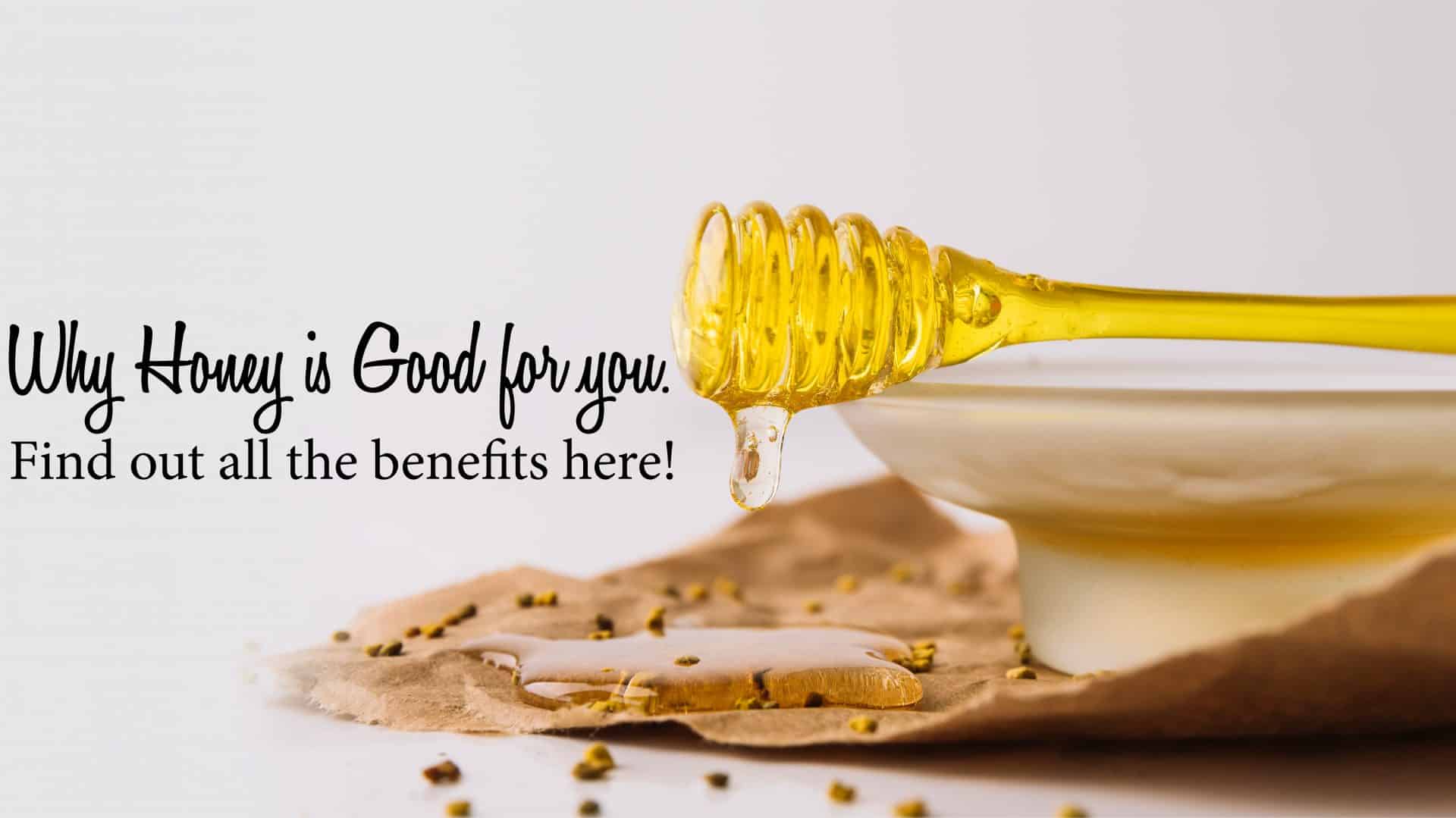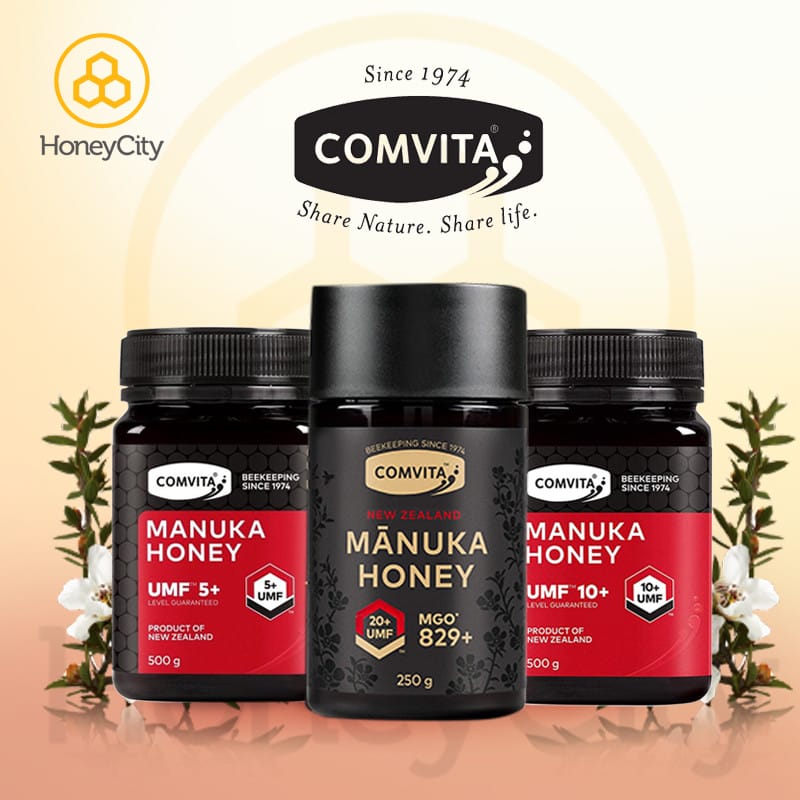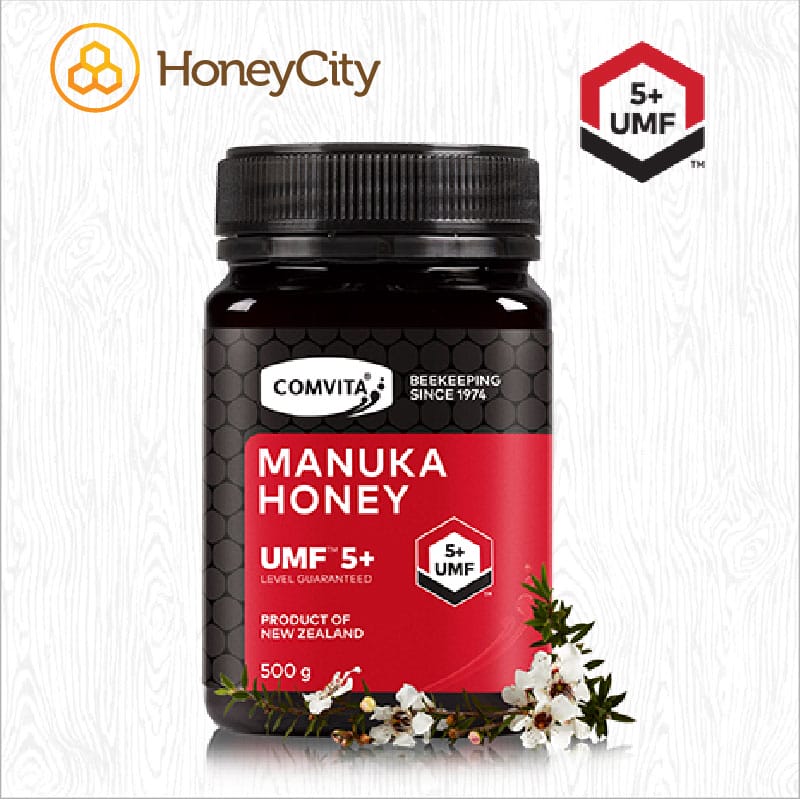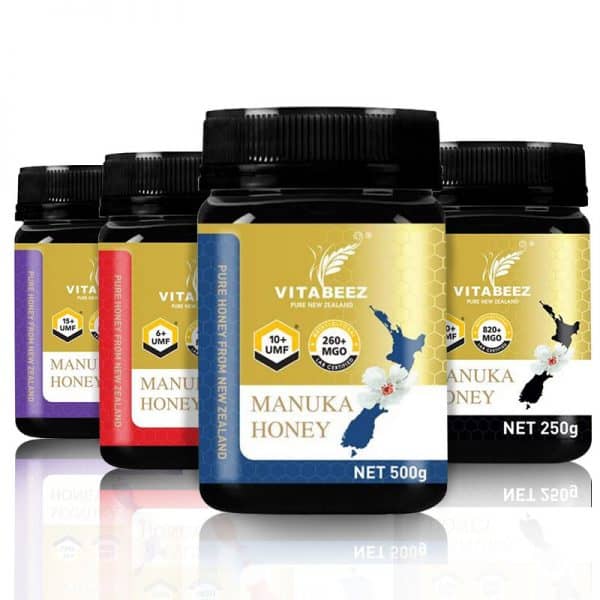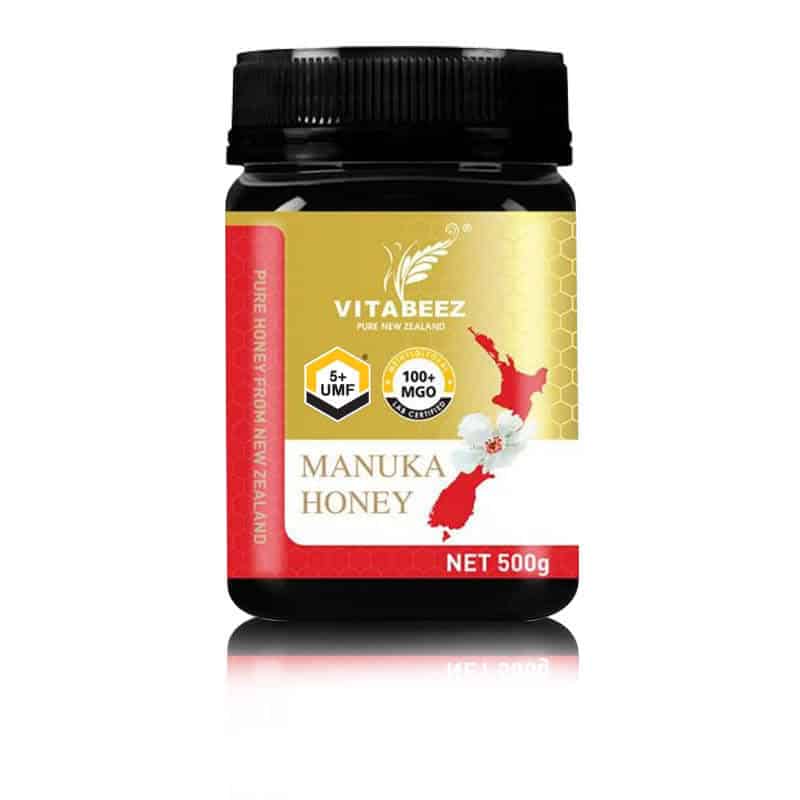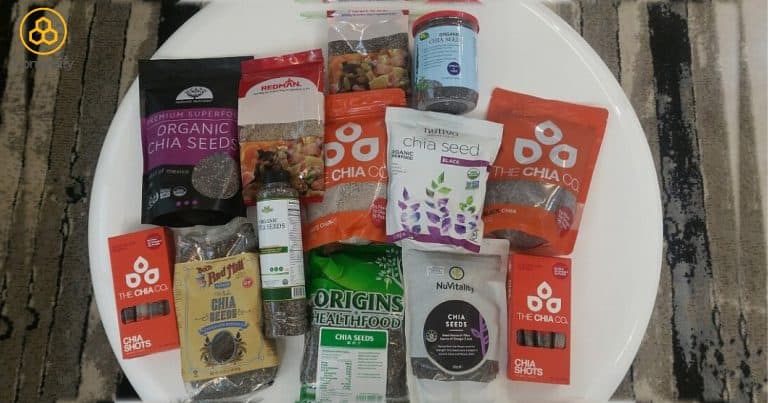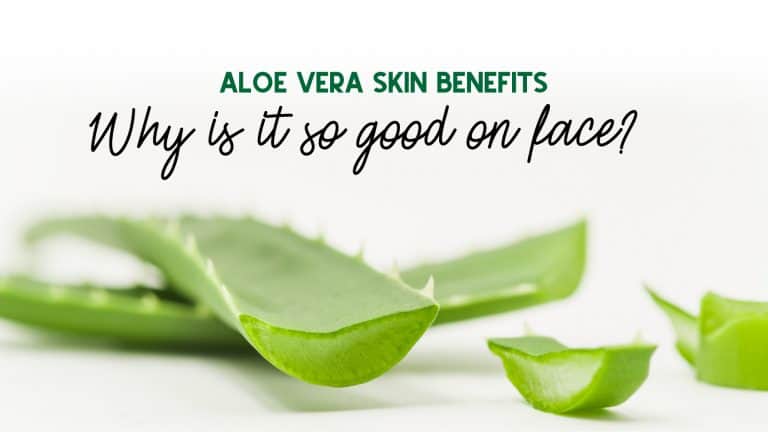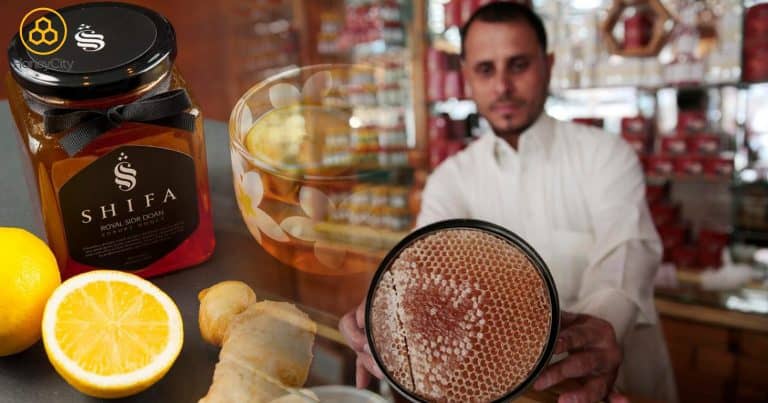The Sweet Health Benefits of Honey
A golden liquid that’s been passed down for centuries, honey has continued to be nature’s powerful healing food.
It’s has been used throughout history because it offers many health benefits and medical uses.
First time trying it as a health supplement? Stay with us till the end to find out everything essential to know!
Why Is Honey Beneficial for Me?
Honey has been used since the Stone Age approximately 8,000 years ago. People used to use it to heal wounds.
The ancient Egyptians used it to treat intestine disease and the Germans used to accept the sticky liquid as payment.
Nowadays, you can find this amazing liquid almost everywhere, from restaurants to supermarkets and drugstores. You can also find it in many forms, like royal jelly, beeswax, and bee pollen.
You can use it to sweeten your tea naturally. Kids might request it to be drizzled onto their freshly made pancakes or waffles. You may even remember seeing some people apply it on their faces.
There are many ways to use the liquid, and who doesn’t love this sweet treat? It tastes good and offers plenty of health benefits!
The question is, is it safe, and how much can you eat in a day? If you’re a parent, you must know how much you can give to your children – or whether you can even give any at all.
Read on to find some interesting facts and tips about honey!
What Is Honey?
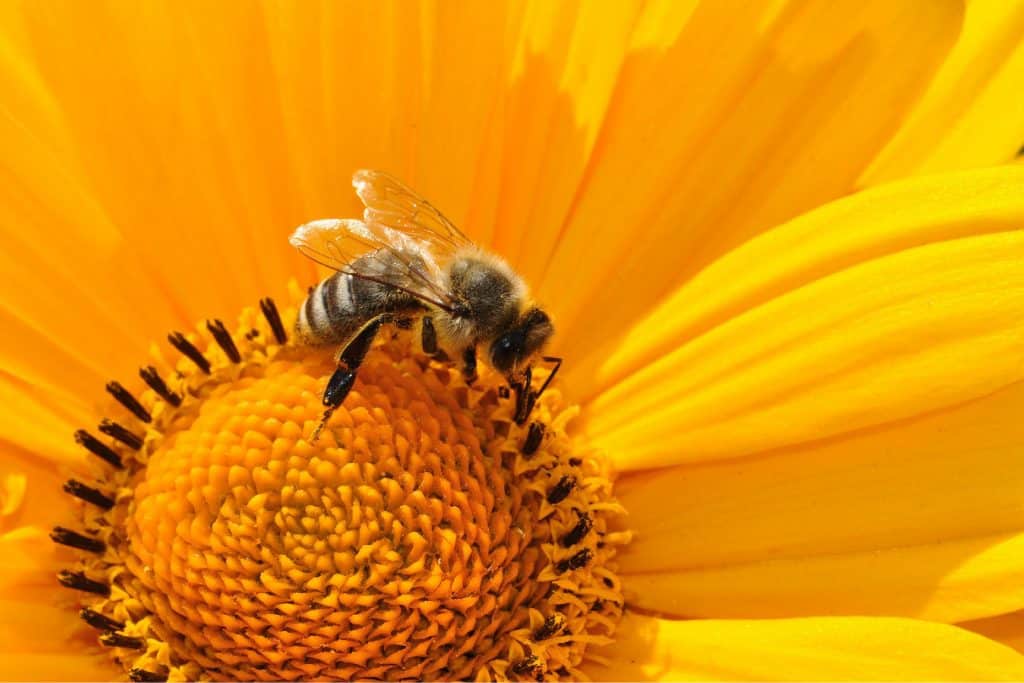
Let’s start with the easy one.
You probably know that it is produced by bees. However, not all bees make it – only seven out of 20,000 types of bees can produce it. Bees use the nectar from flowers to create the liquid.
If you’re not a fan of bugs, you should thank the bees because they work so hard to produce it. Did you know that a colony of bees have to collect nectar from two million flowers just to produce one pound of it (one pound = 0,45kg)?
According to the US National Library of Medicine (NCBI), a tablespoon of it contains 64 calories and 17g of sugar. It has zero fat, zero cholesterol, and zero sodium. It’s also gluten-free!
Nutritionally, it’s 80% carbohydrates, 18 % water, and 2% vitamins, minerals and amino acids. Isn’t it amazing?
How Honey Is Made
- First, the bees collect sugar using the nectar from flowers
- Second, after going inside the beehive, they consume, digest and regurgitate the nectar that produces honey
- Lastly, the bees store the delicious liquid in honeycombs
Every batch can have a different smell, colour, and taste depending on the flowers.

Why Honey Is Good For You
As mentioned before, honey is medicinal. It has been prescribed as far as ancient Mesopotamia, a historical region of Western Asia.
Studies have shown that it’s a good source of antioxidants to fight off free radicals. It also has antibacterial and antifungal properties, and is a potent prebiotic!

Here are some health benefits offered:
- Soothes a sore throat and works as a cough suppressant
- Promotes eye health
- Reduces the risk of heart attacks (especially for people with type 2 diabetes). It’s high in phenols and antioxidant compounds
- Reduces the risk of strokes. Honey lowers LDL (bad) cholesterol and raises HDL (good) cholesterol. It also lowers triglycerides
- Lowers blood pressure
- Promotes burn and wound healing. It’s effective for partial-thickness burns, wounds and other skin conditions
- Reduces allergy symptoms. Pollen can trigger an immune response in the human body
- Offers a quick boost of energy and immunity. It contains carbohydrates (fructose and glucose), and is also high in antioxidants
- Boosts memory. Studies have shown that it helps to boost memory in women undergoing menopause. It also prevents metabolic stress and helps soothe the brain
- Treats dandruff. It has anti-inflammatory properties that work with redness and itching on the scalp
- Maintains weight. Honey helps to increase metabolism
- Works as a natural moisturiser for your skin. It can be used for your skin, face, and lips
Types of Honey
There are several types of honey. They include:
- The edible one that you can eat
- The inedible one used for medical purposes or other objectives like cosmetics, fragrances, soaps and moisturisers
In this article, you’ll discover edible ones that can be categorised based on how they are processed.
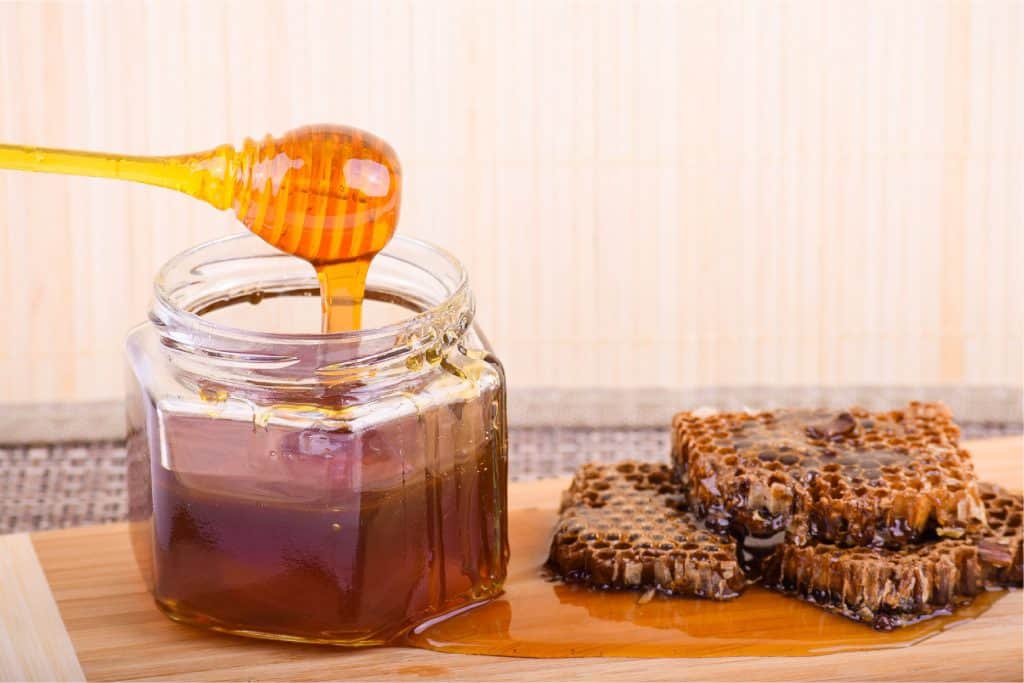
These are the main types of honey:
- Raw: This type is bottled directly after being removed from the hive. So don’t be surprised when it contains yeast, wax, and pollen.
- Pasteurised: This type is made through a heating process. This can improve the colour and texture and prevent crystallisation. Pasteurised honey also has a longer shelf life than raw ones, but there are many nutrients that are destroyed in the process.
It can also be categorised based on the flower the bees visit. There are:
- Clover
- Buckwheat: It has the highest antioxidants and a strong and spicy flavour
- Blueberry
- Eucalyptus: It has a greyish colour and subtle menthol flavour
- Orange blossom
Interesting Facts About Honey
Wonder why your bottled honey doesn’t have an expiry date. Did you know that it never spoils?
Yes, you read that right. It can last forever if you store it correctly. The acid inside means that bacteria cannot exist.
As mentioned above, it can have different colours – from the most famous clear and light yellowish to dark brown variations. People tend to choose a lighter colour because those have a sweeter flavour.
Even though darker variations are more bitter than lighter ones, they are higher in bioactive plant compounds and antioxidants.
How to Choose Honey
Choosing high-quality honey is good for you because they offer healthier benefits and is often not mixed with syrup.
Raw ones also offer more nutrients than pasteurised ones. So, it’s better to choose raw and high-quality options!
How to Use Honey
- For a sore throat: take one teaspoon and mix it with tea and lemon.
- As a cough suppressant: take one or two teaspoons of honey. Mix it with ginger and tea
- For weight management: take one teaspoon and mix it with warm water
- For hair. take two teaspoons and mix with green tea and lavender to prevent hair fall, or with vegetable oil to treat dandruff
- To boost antioxidants: take one teaspoon
- As wound dressing: take one-two teaspoons of medicinal/raw honey and apply it to the affected area. Wrap with dressing if necessary. If you use dressing, change it every 24-48 hours. Inspect the wound every 2 days and apply the liquid every 12-48 hours.
- For face and skin: take two teaspoons and mix it with a face mask or scrub
- To boost energy: take one-two teaspoons and mix it with citrus juice, water, and salt.
- To treat diarrhoea: take four teaspoons and mix it with hot water.
How Much Honey You Can Eat In a Day?
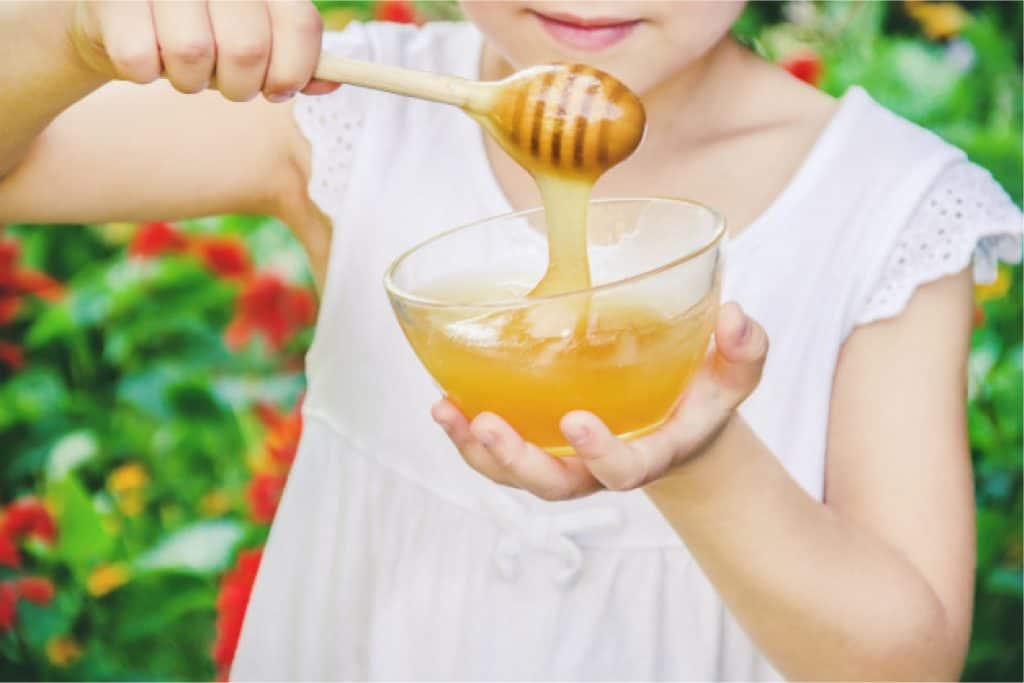
- For adults: The American Heart Association (AHA) recommends that men daily intake for sugar is less than 150 calories a day and less than 100 calories a day for women. ‘Added sugar’ such as honey should be consumed for no more than six teaspoons.
- For kids: Start with 1/2 teaspoon for kids ages 1 to 5 years old. For kids ages >6 years old, you can give them 1 teaspoon.
- For babies: For infants younger than 1-years-old, zero amount! It is not for babies.
Quick Tips to Use Honey
- Mix it with yoghurt, cereal or oatmeal
- Put it on the top of pancakes or toast
- Mix it with coffee or tea

How to Store Honey
When you store it properly and it’s air sealed, honey never expires. Keep it in a cool and dry place. It should always be closed and kept to avoid attracting dust or ants.
If you don’t, it can lose its unique qualities such as the aroma and flavour.
Precautions
It contains high levels of sugar – about 70 – 80%. Consume it in moderation, especially if you have diabetes or other health conditions. It’s better to consult with your doctor first if you’re unsure.
The ones used in hospitals are different from those sold in stores. It’s made for a medical purpose.
It’s not recommended to use normal honey to treat wounds or cuts. Medical-grade variations have been irradiated to inactivate the bacterial spores to fight germs. Don’t forget to use sterilised gauze and bandages or a polyurethane dressing.
Don’t give raw honey to a baby less than one year of age. It can carry harmful bacteria and cause infant botulism.
This can happen to adults as well, so if you ever suffer from diarrhoea, vomiting, constipation or blurred vision after eating it, see your doctor.
If you have pollen allergies, don’t consume it.
Conclusion
Consuming it in the right amount is good for you because they offer many health benefits. It’s safe to consume for adults, kids, and even pregnant and breastfeeding women.
Choosing high-quality honey can provide you with a healthier life. You can use it to replace sugar in meals. It has vitamins and minerals that sugar doesn’t have.
Enjoy it in moderation!
[vc_row][vc_column]
Find out more about the various types of honey that HoneyCity sells here!

